One of possible options is custom processing of your x object,
creating a list of rows:
lst = []
for k1, v1 in x.items():
row = {}
row['key'] = k1
for k2, v2 in v1.items():
dd = v2["Date"]
vv = float(v2["Value"])
row['Date'] = dd
row[k2] = vv
lst.append(row)
Note that the above code also converts Value to float type.
I assumed that all dates in each first-level object are the same,
so in the second level loop Date is overwritten, but I assume
that this does no harm.
Then you can create the output DataFrame as follows:
df = pd.DataFrame(lst)
df.set_index('key', inplace=True)
df.index.name = None
The result is:
Date A B
ABC 01/01/2021 0.090 0.001
XYZ 01/01/2021 0.006 0.000
Although it is possible to read x using json_normalize into a temporary
DataFrame, the sequence of operations to convert it to your desired shape
would be complicated.
This is why I came up with the above, in my opinion conceptually simpler solution.


